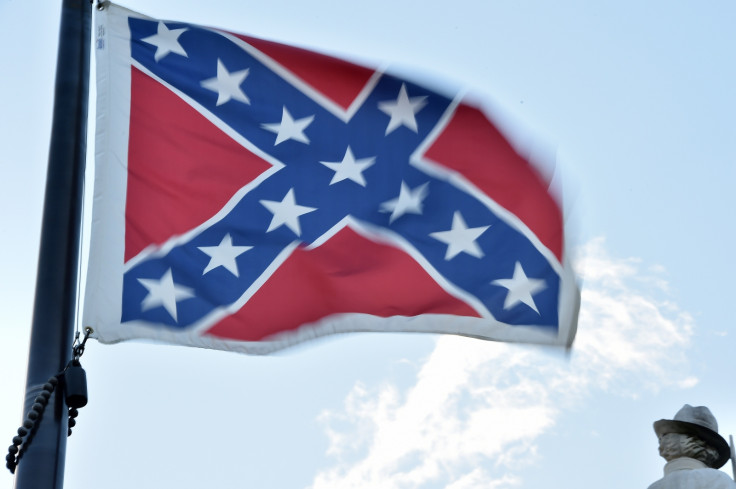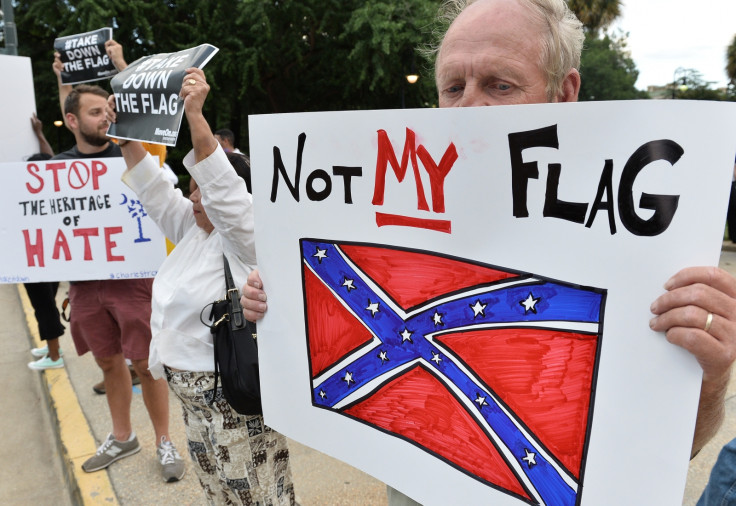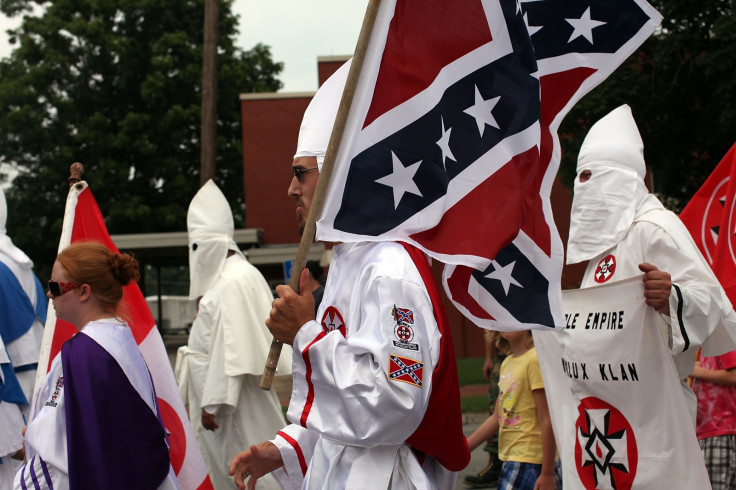Is the Confederate flag racist?

It is one of the most divisive symbols in US history.
For many in the Deep South, it is a symbol of cultural identity and local pride, emblazoning car bumpers and t-shirts and flown outside homes.
Many though regard the so-called 'Southern Cross' as a racist symbol, which the Confederate states fought under to defend their right to own slaves during the American Civil War.
The recent murder of nine black people at Emanuel AME Church in Charleston, South Carolina, allegedly by 21-year-old Dylann Roof, has reignited the debate.

Pictures emerged online of Roof posing in pictures holding a Confederate flag and burning the US flag. They were published alongside a manifesto believed to be by Roof in which he calls for race war.
Activists are demanding that the flag is removed from the grounds of the state's Capitol building, where all other flags are flying at half-mast in the wake of the killings.

After a vote in 2000, the flag was removed from its position over the Capitol building to stand by a nearby monument to soldiers who died during the Civil war. However the lack of a pulley system means it cannot be lowered to half mast, and a two-thirds senate majority is required to remove it entirely.
"This was an act of racial terrorism," the president of the NAACP, Cornell Brooks, said at a demonstration in Charleston. "That symbol has to come down."
Others defended the use of the flag.
"It's a shame that those people were killed, and we all greatly regret that incident," a spokesman for the Sons of Confederate Veterans told The New York Times, "and we were upset that anybody would try to tie people who are proud of their heritage to an act like that."
The flag was never used as a symbol of the entire Confederacy, but evolved as a battle flag after soldiers had difficulty distinguishing between the original banner of the pro-slavery states and that of Union forces on the battlefield.
After the war, the diagonal blue cross on a red background emblazoned with 14 stars to represent each of the pro-slavery states came to represent the Confederate cause.
It was revived by the segregationist States' Rights Democratic Party in the 1940s. It went on to be associated with southern rock bands like Lynyrd Skynyrd and even hit TV show The Dukes of Hazzard. Others have pointed out its regular use at Ku Klux Klan rallies.

South Carolina is one of five US states to have outlawed defacing the Confederate flag, but in a measure of how perceptions of it vary across the nation, California has banned the flag altogether.
Nationally, a 2011 study by Pew Research shows that while 30% of Americans feel negatively towards the flag, 58% felt neither positively or negatively towards it.
In recent days opposition to the flag has built, with former Republican presidential candidate Mitt Romney and US President Barack Obama demanding the flag be removed from the grounds of the South Carolina State House.
Others though have refused to commit, with Republican presidential hopefuls Lindsey Graham and Mick Huckabee refusing to take a position in the debate, and even Democrat contender Hilary Clinton remaining silent
South Carolina Republican senator Doug Brannon is to sponsor a bill to have the flag taken down permanently.
However the bill will not appear before senators before January 2016, meaning the issue will be on the agenda in a presidential election year.
And with pro-flag campaigners reportedly concerned that removing the flag could set a precedent for the removal of other monuments to the Confederacy, including a statue of segregationist senators Strom Thurmond and Ben Tillman, the fight over the flag's place in American public life is likely to continue.
© Copyright IBTimes 2025. All rights reserved.




















